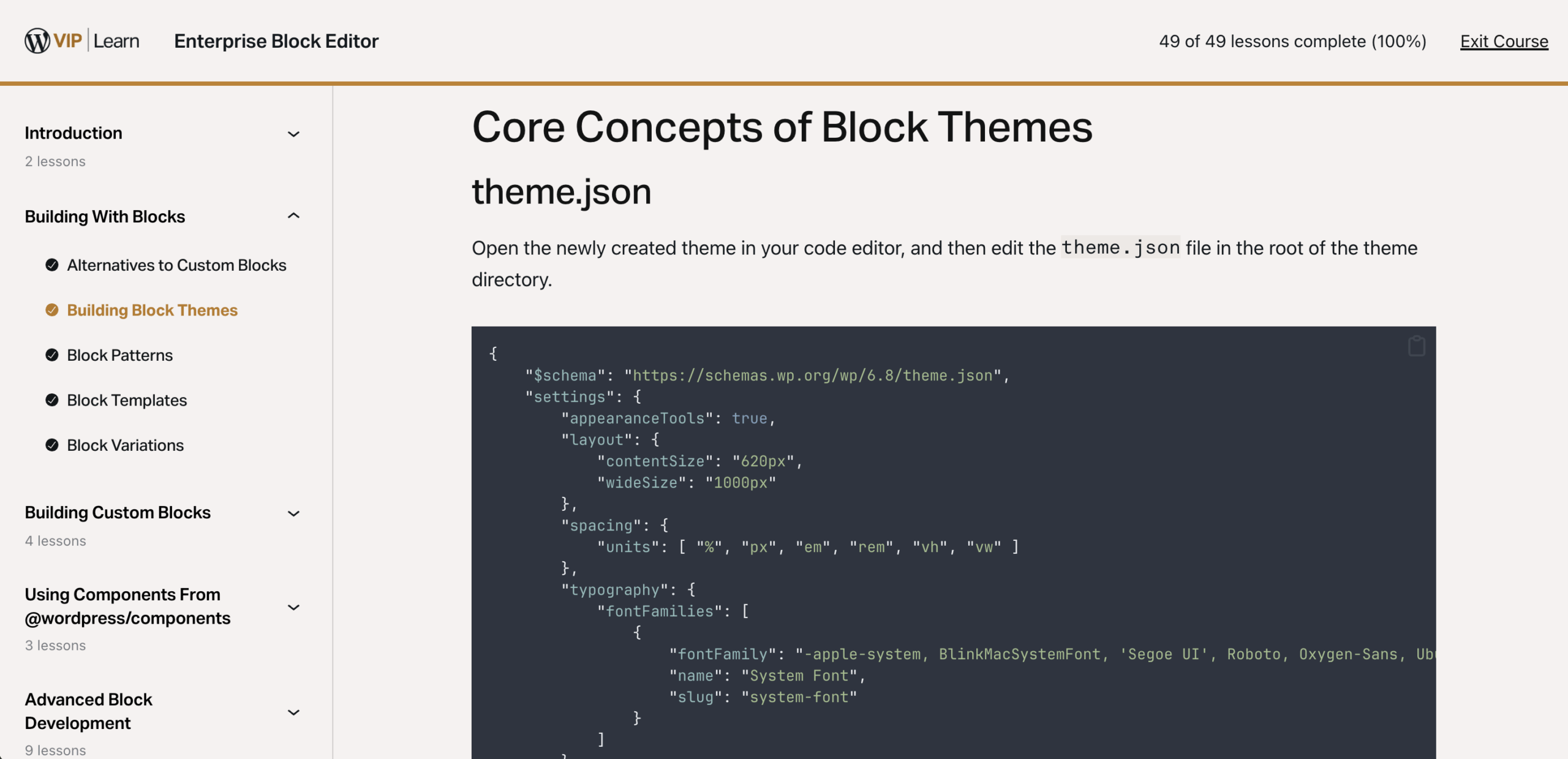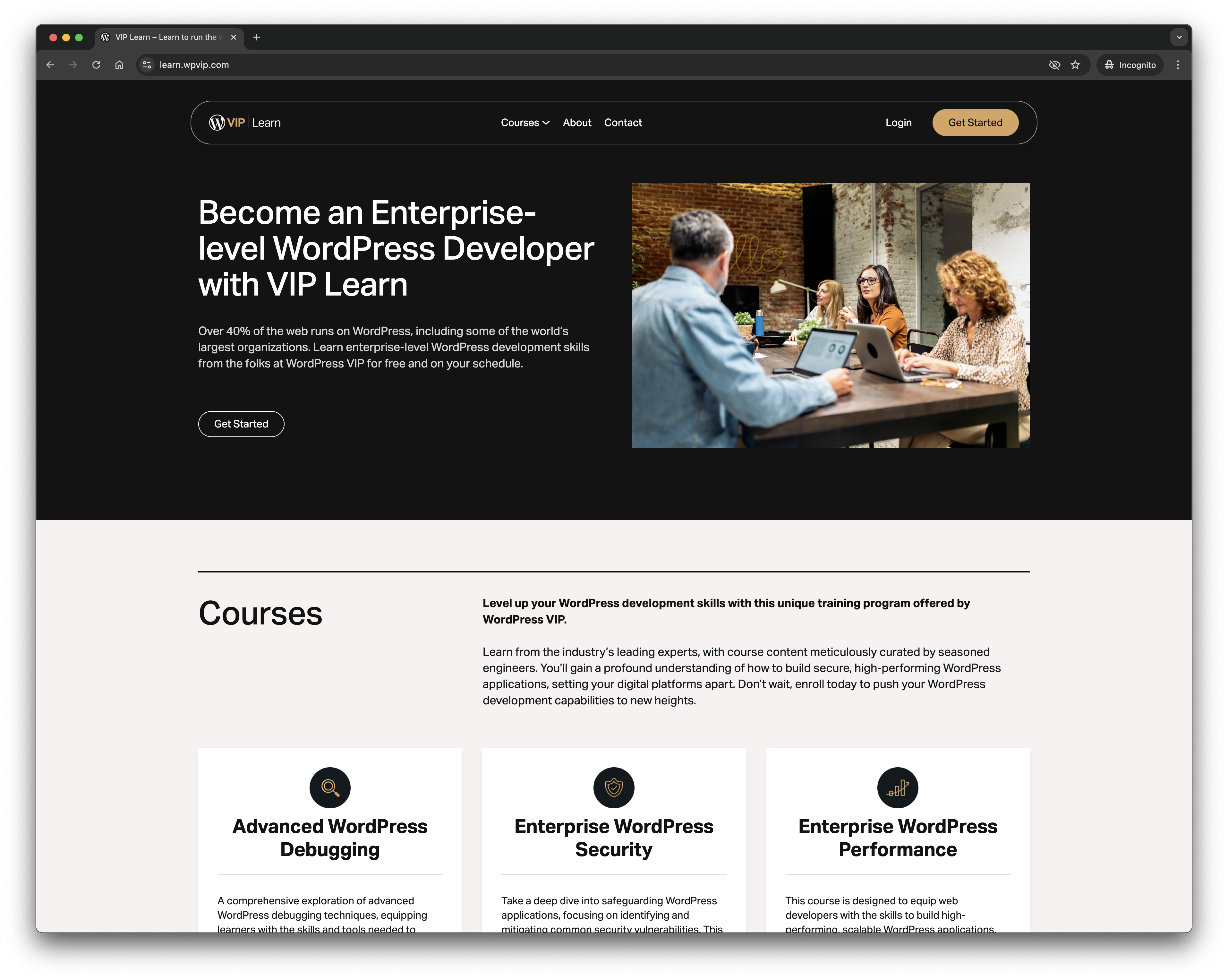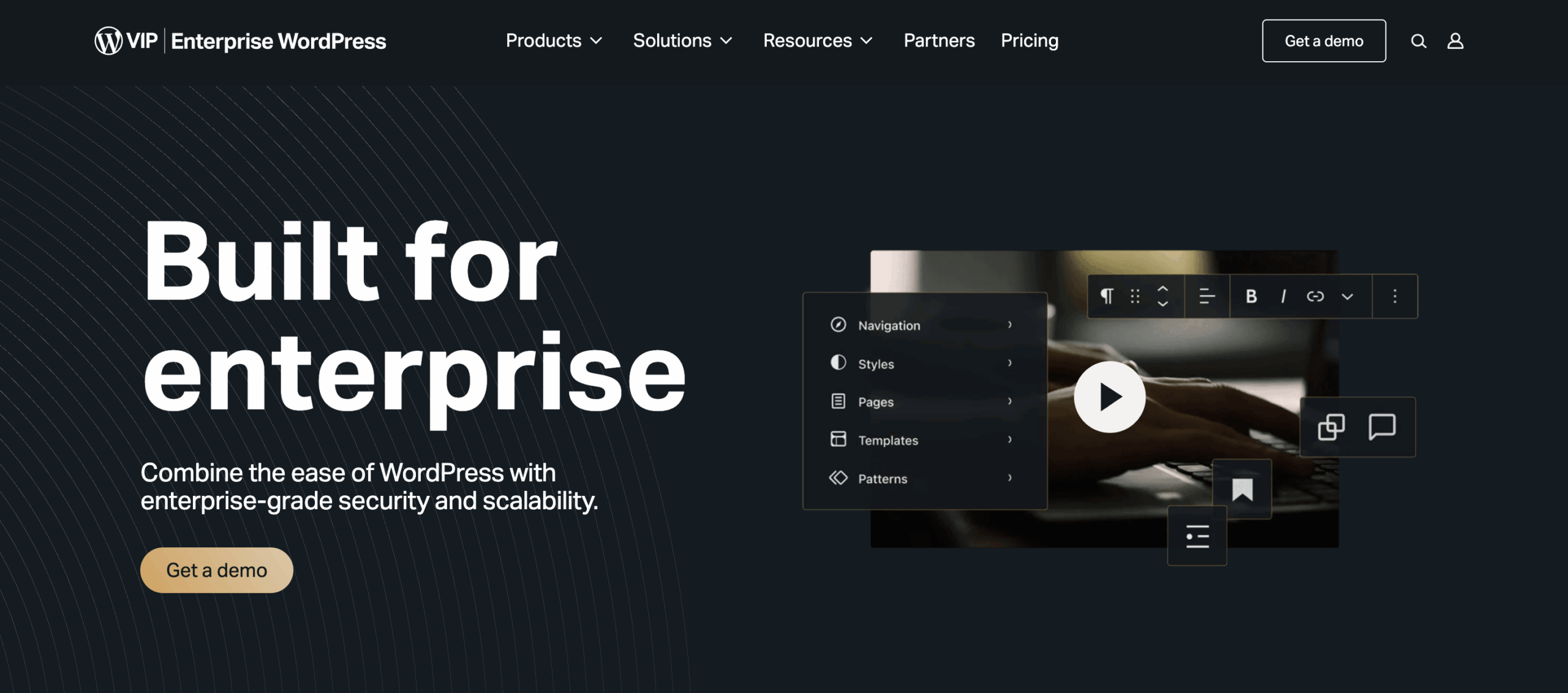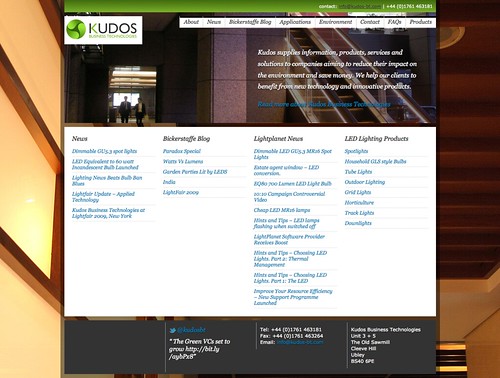After working mainly freelance for the past decade or so, I started 2020 with career development on my mind. Freelancing had been going pretty smoothly, but it didn’t feel like it was going anywhere, that I was specialising in being a “jack of all trades” and I couldn’t help but think there was more opportunity out there to develop and find a niche, working within a large organisation, where I could concentrate on developing my software engineering skills rather than running a business. Automattic had been on my radar for years, as an established champion of fully-distributed working and open-source software, but it was relatively recently that I had became aware of WordPress VIP, the enterprise-scale platform run by Automattic. In May 2020 I started full-time as a Developer at WordPress VIP!
As part of the Customer Success (EMEA) team, I divide my time between Code Reviews of customer code, where aim to help customers make their custom WordPress code efficient and secure, proactively and reactively helping customers with optimising code to remove bottlenecks in database queries and caching, investigating solving tricky long-term bugs and performance issues on customer’s sites, and getting involved in a whole load of different internal projects and initiatives. The Automattic creed encourages, amongst other things, continued learning and development, and there’s huge potential for branching out here.
Enterprise-scale WordPress?
I’ll address this first – I know there will be skeptics out there (including amongst my own friends and ex-colleagues!), but with the right set-up, considerations and infrastructure, there is absolutely no reason why WordPress can’t be run at scale, and if anyone are experts in this, it’s the company that runs wordpress.com. The WordPress codebase is incredibly mature, backward compatible and extremely well tested, powering a significant percentage of all websites (I’ll refrain from quoting this percentage, as the number is both disputed and constantly growing!). WordPress VIP take that a step further by running a (private) cloud-based auto-scaling infrastructure and application support tailored specifically to the needs of high-traffic, enterprise-scale WordPress sites.
During the US elections in November 2020 I got to witness first-hand, amazing amounts of traffic on some of the sites running on VIP Go. Watching the Grafana charts for the back-end of some of these sites was almost exciting as the charts being shown on the sites themselves! Here’s a write-up about FiveThirtyEight – a WordPress site and liveblog hosted on WordPress VIP which was reliably serving WordPress at the rate of 132,000 requests per second during election night.
Whilst historically I haven’t always been a cheerleader for WordPress, it became my go-to CMS (yes, CMS, not just blogging software – that’s probably another blog post in itself!) over the last decade, despite dabbling with other open-source CMS and building a few of my own in the past. There’s a fair amount of anti-PHP sentiment amongst some of my peers, usually based on their perceptions of PHP in the early years, before it became the fully-fledged programming language it is today. I don’t share this skepticism, so have now gone all-in, on both PHP and WordPress! Even on dedicated infrastructure, running WordPress at scale (in terms of both traffic and amount of content), requires every aspect of the applications code to be considered, tuned and tweaked for performance and security. This is the stuff that I like doing, and i’m now honoured to be doing it amongst a team of vast experience in this field.
The hiring process at Automattic
It all starts by sending in the initial application (mine was by email, but currently it’s via greenhouse). In some way this is the first technical task – I did as much reading as possible about the organisation and advertised position before sending in my initial application to make sure it covered everything relevant I wanted to say about myself and my skills/ experience. Having made it past this stage, next-up was a technical challenge, in my case re-factoring a plugin to improve it’s performance and security, done in my own time. This was followed by a text-based interview in Slack, where we got into some in-depth technical and previous experience chat. I was then invited to start a trial, which is paid, and flexible regarding timescales, to allow me to fit in around on-going work. The trial lasted several weeks in my case, and consisted of more challenges simulating real-world scenarios – code reviews, debugging, advising customers etc. before I was invited for a chat (again via slack) with the WordPress VIP CEO. Finally I received my job offer letter and arranged a date in May to start on-boarding.
Fully distributed working
For context – I applied for this before the Covid-19 lockdown occurred in the UK, and at time of writing we are still in lockdown. Many people are now working remotely by necessity and hopefully a large proportion of those people will have the option to continue working remotely when lockdown is over. However, Automattic has always been a distributed company, and this was a major selling point for me. Remote-working is not for everyone, but it has always been a goal for me, which i’ve achieved up until now while working freelance. This will mostly happen from my shed-office, but in theory this could be from virtually any location in the world where I can get an internet connection, which a fantastic freedom. However, there are timezone considerations to stay in sync with my team and commitments and local employments laws/visas need to be considered for some locations.
WordPress VIP and Automattic are hiring! – have a look at some of the currently open positions at both WordPress VIP and Automattic.






